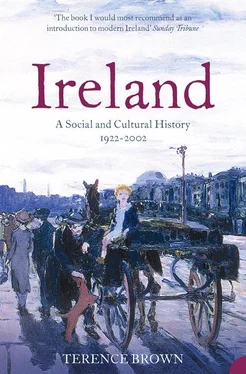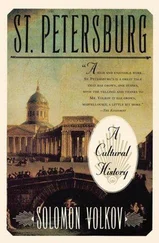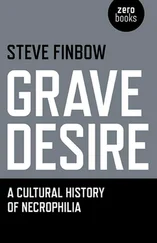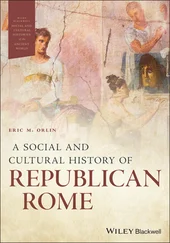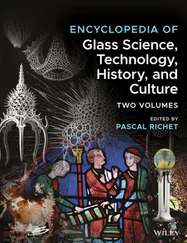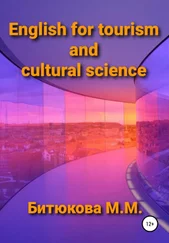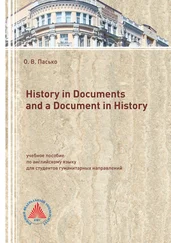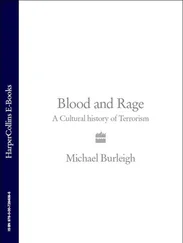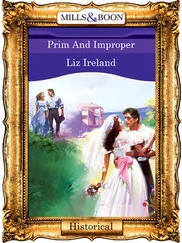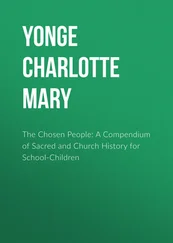Various reasons have been suggested for the strange marital abstemiousness of the Irish countryman and woman in the period. It has been argued, for example, that the influence of a French Jansenist professorship at the major Irish seminary, St. Patrick’s College, Maynooth, had an unduly puritanical influence on the Irish priesthood and people in the decades following the French Revolution and that this abstemiousness was somehow attractive to a Celtic people whose religious tradition had included masochistic excesses of penitential zeal and whose mythology and imaginative literature had combined male solidarity with heroic idealism. 7
Rather than attributing the patterns of rural life in Ireland (marital abstemiousness and emigration) to some innate perversity of the Celtic personality, one is much more impressed with the arguments of the social historians who have shown that these patterns have their origin mainly in the economic and social realities of Irish farming life in the post-Famine period. The argument is as follows. The Famine, in which the Irish rural population, particularly in the congested districts of the west of Ireland, suffered terribly, confronted the small farmer with the abject insecurity of his position and the economic folly of the mode of life tradition had bequeathed him. He did not own the land he worked, and he was likely to be asked to subdivide it to accommodate the domestic and social ambitions of his sons as they sought the early marriages common in the two or three generations following 1780, when, as K. H. Connell reports, “peasant children, by and large, married whom they pleased when they pleased.” 8In the years following the Famine Irish rural life was characterized not by the agreeable carelessness of earlier decades in matters of land and marriage, but by a calculating sensitivity to the economic meaning of marriage and in due course during the Land War in the 1880s by a political will to achieve individual economic security.
Rather than exhibiting that disinclination to bow to the “despotism of fact” that Matthew Arnold had promoted in his On the Study of Celtic Literature in 1867 as a distinguishing feature of the Celtic imagination, the Irish tenant farmer displayed in the post-Famine period an almost Darwinian capacity to adapt in the interests of survival and an attention to the despotism of fact that would have gratified Jeremy Bentham or Mr. Gradgrind. Fathers held on to their land as long as was possible, eventually supported agitation for land reform, which in due course came, chose which one of their sons would inherit the farm, discouraged the early marriages of their children, determined that the holdings would remain intact without subdivision, and faced the prospect that most of their offspring would be forced to emigrate, if not with equanimity then with a resigned consciousness that no other course was possible.
Irish rural life was like a raft afloat in the calm after a great storm. The Famine had betrayed so many that the survivor, conscious of the frailty of his craft and of the likelihood of future buffetings, calculated its precise seaworthiness and supported a social order that allowed no significant role in the countryside for those sons and daughters who could neither inherit the land nor make an appropriate marriage. For them emigration was the only possible route to a life without the frustrations and indignities of their position as helpers about the farm they neither owned, nor, accidents apart, would ever own. 9So, in the first two decades of independence, emigration was much less a reflection of demoralization in the countryside than a measure of continuity in Irish life and an indication of how powerfully the values that had taken hold in the second half of the nineteenth century still held sway.
Some historians have doubted the apocalyptic simplicity of this thesis, suggesting that the Famine rather confirmed and extended to the smaller farmers a way of life that had already established itself in the economy of the wealthier or strong farmers of pre-Famine Ireland. 10Be that as it may, even as late as the 1930s two American anthropologists, C. M. Arensberg and S. T. Kimball, found in County Clare a society and mode of life that preserved substantially intact the values and assumptions, the social and cultural forms that can most readily be accounted for in terms of an economic necessity made all the more stringent by the appalling depredations of the Famine. In the 1930s the prudent social values, reflected in postponed marriage and emigration, that had characterized the world of some larger, wealthier farmers even before the Famine, seemed dominant in smaller and larger farms alike.
County Clare, a remote county that had suffered much in the famines of the 1840s, may seem altogether too unrepresentative an Irish county to bear the weight of such a generalization, but in fact much of the farming life of the country in the early years of independence was similar to that found in Clare in the 1930s. Only in the cattle trade based on farming in Leinster in the east of the country and in dairying in central Munster to the south was agricultural activity highly commercialized. Throughout much of the rest of the country subsistence and mixed agriculture of the kind found in Clare, where farmers farmed on their own behalf with the help of relatives, was predominant.
Nor was it that the anthropologists in Clare had come upon a region which, having escaped by reason of its isolation the tides of modernization, exhibited traditional social patterns in extreme form. Rather the society they encountered there was obviously touched by modernizing forces – it was literate, open to mass communications, served by roads and railway, involved, often to an intense degree, in the democratic process, with a history of revolutionary political activity 11– suggesting the degree to which the values and assumptions of the Irish countryside could be sustained despite a good deal of social and political change. It is therefore reasonable to believe that the life of most farmers in Ireland working their land with family help bore a close if not complete resemblance to what Arensberg and Kimball found in County Clare, even in districts closer to the cities, the centres of modernizing influence. That such literary records of Irish rural life in the twentieth century as we possess from different parts of the country bear out this belief is further confirmatory evidence. Patrick Kavanagh’s autobiographical works, The Green Fool (1938), for example, and that searing indictment of the sexual frustration of the Irish countryman The Great Hunger (1942), set in County Monaghan in the east of the country, display striking resemblances in the ways of life they record to the picture the anthropologists paint of life in the distant west.
Arensberg and Kimball employed the term “familism” to describe the social structure they observed in the Irish countryside in the 1930s. They employed this term to characterise the mode of life of mostly small farmers engaged in raising cattle, sheep, and pigs, whose wives were responsible, in a strict division of labour, for the domestic economy of the house, for the poultry, milking, and dairying. The father was the dominant figure in the family, making all economic decisions, not even allowing his fully grown sons to handle money when produce was to be sold at the local fair in the town. A male child was exclusively looked after by his mother until his first communion was taken in the church at seven years of age. Then he came under the charge of his father and was in the company of his older brothers during that extraordinary “boyhood” which might well last until his fortieth or fiftieth year if he was the favoured heir and had not been forced into emigration or a job in the town.
Daughters of the household learned the ways of farm domesticity from their mothers until the time came for them to receive offers of marriage or to seek a life elsewhere. Marriage was a complicated process in which a matchmaker played a part in the subtle economic valuations that were necessary before the favoured son who would inherit the farm could be allowed to introduce a new bride to the household. Sometimes the introduction of the new woman to the household was effected at the moment when it was possible for the farmer to hand over the main responsibility for the farm to his heir (the old age pension allowed for this possibility when the farmer turned seventy), and when this occurred it was perhaps easier to avoid the tensions which must often have developed between mother and daughter-in-law. The centre of the house was the kitchen, and when the old couple “retired”, they ceased sleeping in that room and moved to a small room at the west of the house, where the family heirlooms, pictures, and religious symbols were displayed. As the anthropologists report, “They move in among the symbols of family unity, among the religious symbols of the house, into surroundings of a certain religious or sacred character.” 12Their hierarchical position was maintained. The father could still occupy the nearest chair to the fire with the older men when they came to visit, and the old couple achieved an almost patriarchal status as the grandchildren were born. The society was strictly hierarchical, and the family unit was its fundamental organizing principle.
Читать дальше
